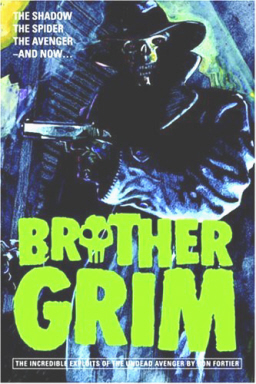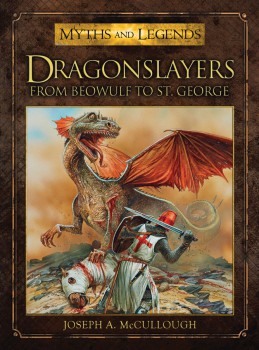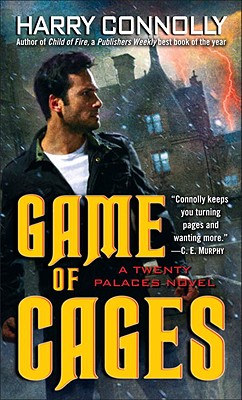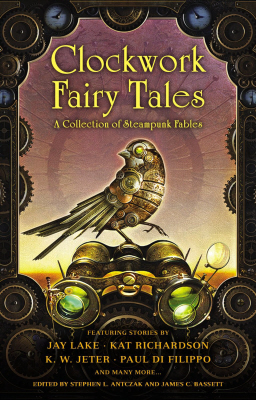The Unfulfilled Superhero: Philip Wylie’s Gladiator
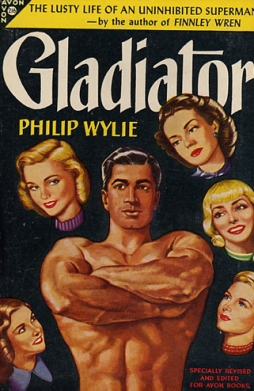 Growing up reading superhero comic books, it was almost inevitable that I’d hear about Philip Wylie’s 1930 novel Gladiator. It was said to be the inspiration behind Superman, the original story about an ultra-powerful strong man who set about trying to right wrongs. Growing older, I heard more: that Jerry Siegel, Superman’s co-creator, had reviewed the book for a fanzine; that he’d swiped dialogue from the book for use in his comics; that Wylie had threatened to sue. These claims were, in fact, not true. It is accurate to say that elements of the novel (now in the public domain and freely available online) can be seen in Superman. It’s also true (as Claude Lalumiére observed to me when he sold me his copy of the book) that the novel seems to have had as much or more inspiration on the character of Spider-Man. But as I see it, the book really stands in opposition to the super-hero genre as it later developed; it’s a kind of deconstructing of the genre before the genre had been really created. Unfortunately, I can’t say I find much else to recommend the novel. Still, it’s worth looking at as a curiosity, to see what survived in later works and what was changed — and how those changes transformed the central idea.
Growing up reading superhero comic books, it was almost inevitable that I’d hear about Philip Wylie’s 1930 novel Gladiator. It was said to be the inspiration behind Superman, the original story about an ultra-powerful strong man who set about trying to right wrongs. Growing older, I heard more: that Jerry Siegel, Superman’s co-creator, had reviewed the book for a fanzine; that he’d swiped dialogue from the book for use in his comics; that Wylie had threatened to sue. These claims were, in fact, not true. It is accurate to say that elements of the novel (now in the public domain and freely available online) can be seen in Superman. It’s also true (as Claude Lalumiére observed to me when he sold me his copy of the book) that the novel seems to have had as much or more inspiration on the character of Spider-Man. But as I see it, the book really stands in opposition to the super-hero genre as it later developed; it’s a kind of deconstructing of the genre before the genre had been really created. Unfortunately, I can’t say I find much else to recommend the novel. Still, it’s worth looking at as a curiosity, to see what survived in later works and what was changed — and how those changes transformed the central idea.
Gladiator opens in rural Colorado, with a man named Abednego Danner, a biology professor at a small college. Danner develops a serum that, administered in utero, can make a living creature tremendously fast, strong, and tough. When his wife falls pregnant, he administers the serum to his unborn child, who turns out to be a son named Hugo. The book follows Hugo though his life, as he develops his tremendous strength, goes to college and becomes a football star, struggles to make money, goes off to fight in the First World War, tries to find his purpose, fails to end political corruption, and finally comes to an odd anticlimactic end struck by lightning on a peak in South America while doubting God.
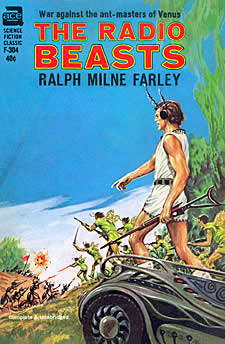
 Last October, I looked at the four books of Joyce Carol Oates’ Gothic Quintet that had been published up to that point. I wrote about them in publication order, starting with
Last October, I looked at the four books of Joyce Carol Oates’ Gothic Quintet that had been published up to that point. I wrote about them in publication order, starting with 